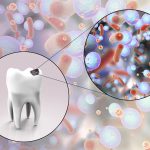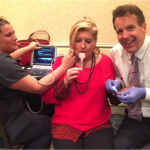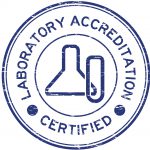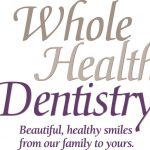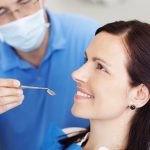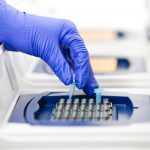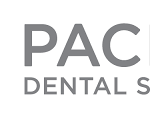
Have you ever wondered what happens to your patient’s saliva sample once it arrives at OralDNA® Labs? Many PDS®-supported offices have been using OralDNA® Labs to analyze the saliva of their patients, relative to the patient’s periodontal infection. This service gives them more information about the types and severity of a patient’s infection, which is the cause of periodontitis. Additionally, however, it tells us something about the bacterial load and a patient’s inflammatory response, w...
Read More


